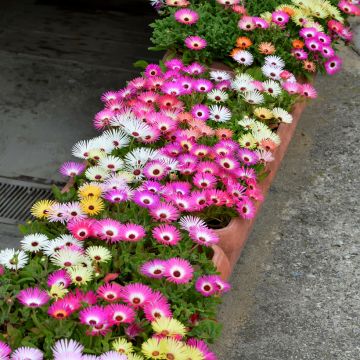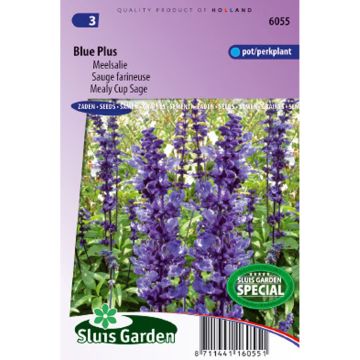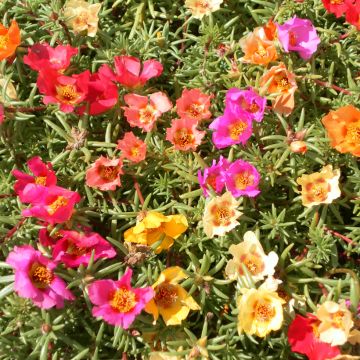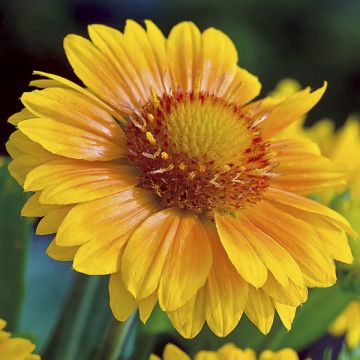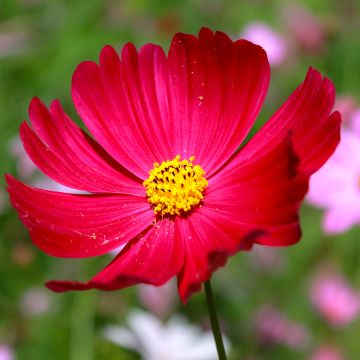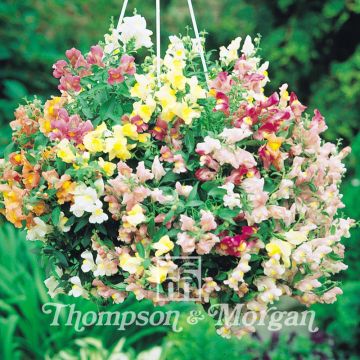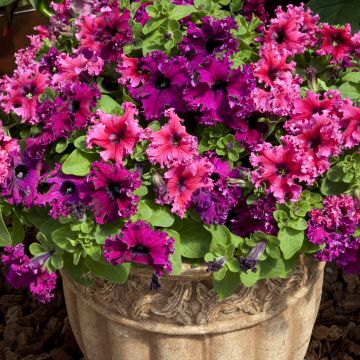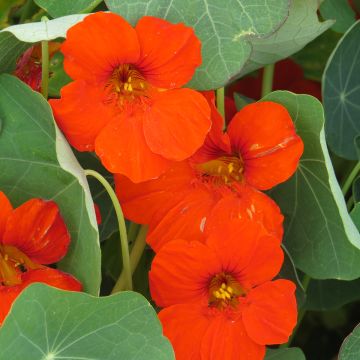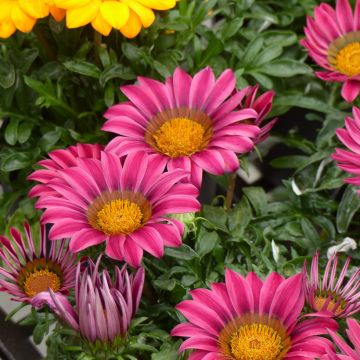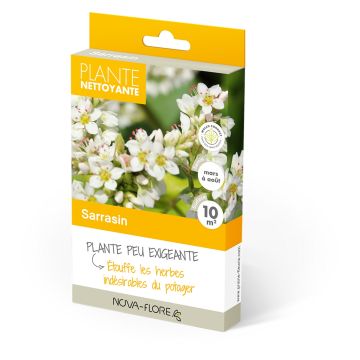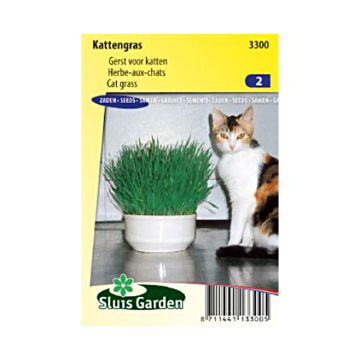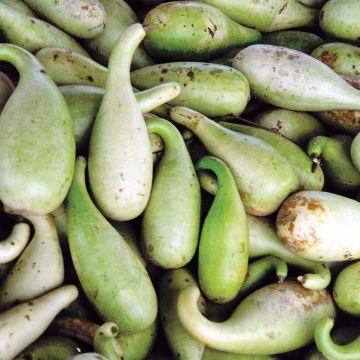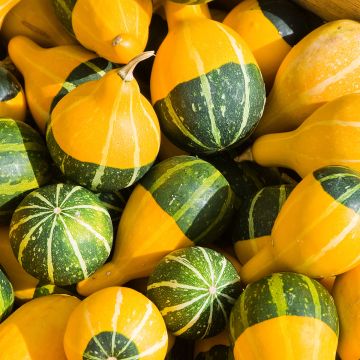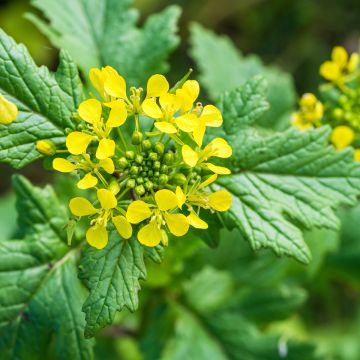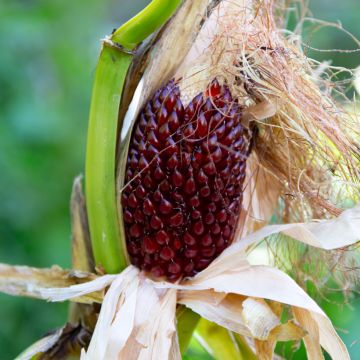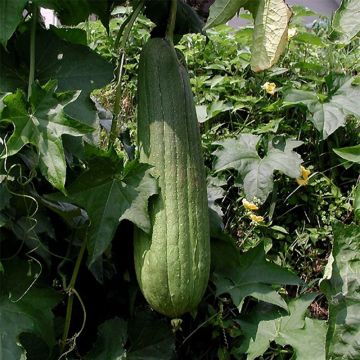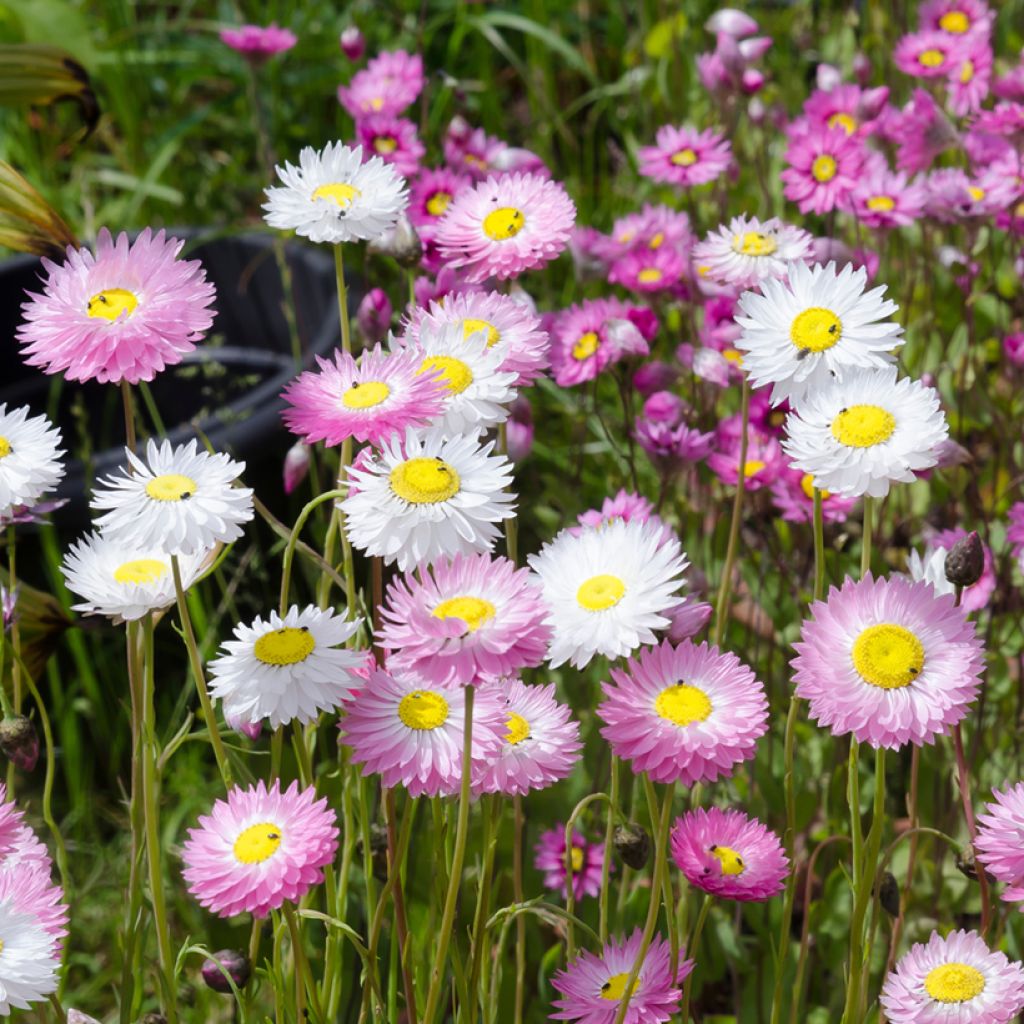

Rhodanthe manglesii Mix seeds - Australian everlasting
Rhodanthe manglesii Mix seeds - Australian everlasting
Rodanthe manglesii Mix (en mélange)
Australian everlasting
This item cannot be shipped to the selected country
Dispatch by letter from €3.90
More information
Schedule delivery date,
and select date in basket
This plant carries a 6 months recovery warranty
More information
We guarantee the quality of our plants for a full growing cycle, and will replace at our expense any plant that fails to recover under normal climatic and planting conditions.
Seed-only orders are dispatched by sealed envelope. The delivery charge for seed-only orders is €3.90.
Does this plant fit my garden?
Set up your Plantfit profile →
Description
Helipterum manglesii 'Mix' is a mixture of plants called Rodanthe (also spelled Rhodanthe) or Acroclinium or even Australian Everlastings. In cool tones, they bloom all summer long in pink and white flowers, with a yellow centre, sometimes encircled in brown. The flower heads resemble daisies with a texture reminiscent of glossy paper, standing above grey-green helichrysum foliage. Cultivated as annuals, these tender plants from arid lands tolerate drought and heat. They are perfect in containers, borders, and of course in dry or fresh bouquets.
Helipterum manglesii, also known as Rhodanthe manglesii, is a frost-tender perennial plant of the Asteraceae family, just like daisies and asters. It originates from the Southwest of Australia, under the influence of a Mediterranean climate with wet winters and dry summers. This fast-growing plant, mostly grown as an annual in our climates, is particularly suited to harsh conditions and drought. The plants in this selection appear as clumps with branches from the base, bearing leaves, reaching about 50 cm in height, with a bushy silhouette resembling that of a curry plant (Helichrysum italicum). The slender, elongated foliage covering the stems is silver-green. Flowering occurs from July to October, in the form of approximately 4 cm diameter flower heads. These inflorescences are highly architectural, with a double collar made of dry, pearly bracts, reflecting light, around a yellow heart encircled by black-brown or vice versa. They tend to close in overcast weather.
Australian Everlasting is ideal for borders, sunny beds, and rockeries, provided the soil is well-drained. Place this plant in the foreground and combine it with Californian poppies that also prefer poor soils. It blends perfectly with mugworts or shrubby salvias in a dry garden. Rhodanthe also thrives in pots and containers. Even its floral buds are decorative. It is perfect for creating delicate and refined fresh or dry bouquets. For dry bouquets, pick the flowers before full bloom, tie them with raffia, and hang them upside down in a dark, cool, dry, and well-ventilated place.
Report an error about the product description
Flowering
Foliage
Plant habit
Botanical data
Rodanthe
manglesii
Mix (en mélange)
Asteraceae
Australian everlasting
Australia
Other Flower seeds A to Z
Planting and care
Sowing:
Sow Rhodanthe manglesii 'Mix' from March to early May on the surface of a good seed compost. Germination takes 14 to 20 days at 18-25 °C.
They can also be sown in situ in April, at a depth of 6 mm, in moist, well-raked soil, spacing the seeds 25 cm apart.
Pot up the young plants into 8 cm diameter pots or trays and let them grow on in cooler conditions. When well developed, acclimatise them to outdoor conditions for 10-15 days and plant them out in May as soon as all risk of frost has passed. Space the plants 30 cm apart. Choose a sunny location with well-drained soil.
Cultivation:
This very easy to grow plant does not require specific maintenance. It thrives in poor, light, well-drained soil but requires plenty of sun to flourish. When grown in pots, watering should be regular but not excessive throughout the growing and flowering period.
Sowing period
Intended location
This item has not been reviewed yet - be the first to leave a review about it.
Flower seeds
Haven't found what you were looking for?
Hardiness is the lowest winter temperature a plant can endure without suffering serious damage or even dying. However, hardiness is affected by location (a sheltered area, such as a patio), protection (winter cover) and soil type (hardiness is improved by well-drained soil).

Photo Sharing Terms & Conditions
In order to encourage gardeners to interact and share their experiences, Promesse de fleurs offers various media enabling content to be uploaded onto its Site - in particular via the ‘Photo sharing’ module.
The User agrees to refrain from:
- Posting any content that is illegal, prejudicial, insulting, racist, inciteful to hatred, revisionist, contrary to public decency, that infringes on privacy or on the privacy rights of third parties, in particular the publicity rights of persons and goods, intellectual property rights, or the right to privacy.
- Submitting content on behalf of a third party;
- Impersonate the identity of a third party and/or publish any personal information about a third party;
In general, the User undertakes to refrain from any unethical behaviour.
All Content (in particular text, comments, files, images, photos, videos, creative works, etc.), which may be subject to property or intellectual property rights, image or other private rights, shall remain the property of the User, subject to the limited rights granted by the terms of the licence granted by Promesse de fleurs as stated below. Users are at liberty to publish or not to publish such Content on the Site, notably via the ‘Photo Sharing’ facility, and accept that this Content shall be made public and freely accessible, notably on the Internet.
Users further acknowledge, undertake to have ,and guarantee that they hold all necessary rights and permissions to publish such material on the Site, in particular with regard to the legislation in force pertaining to any privacy, property, intellectual property, image, or contractual rights, or rights of any other nature. By publishing such Content on the Site, Users acknowledge accepting full liability as publishers of the Content within the meaning of the law, and grant Promesse de fleurs, free of charge, an inclusive, worldwide licence for the said Content for the entire duration of its publication, including all reproduction, representation, up/downloading, displaying, performing, transmission, and storage rights.
Users also grant permission for their name to be linked to the Content and accept that this link may not always be made available.
By engaging in posting material, Users consent to their Content becoming automatically accessible on the Internet, in particular on other sites and/or blogs and/or web pages of the Promesse de fleurs site, including in particular social pages and the Promesse de fleurs catalogue.
Users may secure the removal of entrusted content free of charge by issuing a simple request via our contact form.
The flowering period indicated on our website applies to countries and regions located in USDA zone 8 (France, the United Kingdom, Ireland, the Netherlands, etc.)
It will vary according to where you live:
- In zones 9 to 10 (Italy, Spain, Greece, etc.), flowering will occur about 2 to 4 weeks earlier.
- In zones 6 to 7 (Germany, Poland, Slovenia, and lower mountainous regions), flowering will be delayed by 2 to 3 weeks.
- In zone 5 (Central Europe, Scandinavia), blooming will be delayed by 3 to 5 weeks.
In temperate climates, pruning of spring-flowering shrubs (forsythia, spireas, etc.) should be done just after flowering.
Pruning of summer-flowering shrubs (Indian Lilac, Perovskia, etc.) can be done in winter or spring.
In cold regions as well as with frost-sensitive plants, avoid pruning too early when severe frosts may still occur.
The planting period indicated on our website applies to countries and regions located in USDA zone 8 (France, United Kingdom, Ireland, Netherlands).
It will vary according to where you live:
- In Mediterranean zones (Marseille, Madrid, Milan, etc.), autumn and winter are the best planting periods.
- In continental zones (Strasbourg, Munich, Vienna, etc.), delay planting by 2 to 3 weeks in spring and bring it forward by 2 to 4 weeks in autumn.
- In mountainous regions (the Alps, Pyrenees, Carpathians, etc.), it is best to plant in late spring (May-June) or late summer (August-September).
The harvesting period indicated on our website applies to countries and regions in USDA zone 8 (France, England, Ireland, the Netherlands).
In colder areas (Scandinavia, Poland, Austria...) fruit and vegetable harvests are likely to be delayed by 3-4 weeks.
In warmer areas (Italy, Spain, Greece, etc.), harvesting will probably take place earlier, depending on weather conditions.
The sowing periods indicated on our website apply to countries and regions within USDA Zone 8 (France, UK, Ireland, Netherlands).
In colder areas (Scandinavia, Poland, Austria...), delay any outdoor sowing by 3-4 weeks, or sow under glass.
In warmer climes (Italy, Spain, Greece, etc.), bring outdoor sowing forward by a few weeks.

































